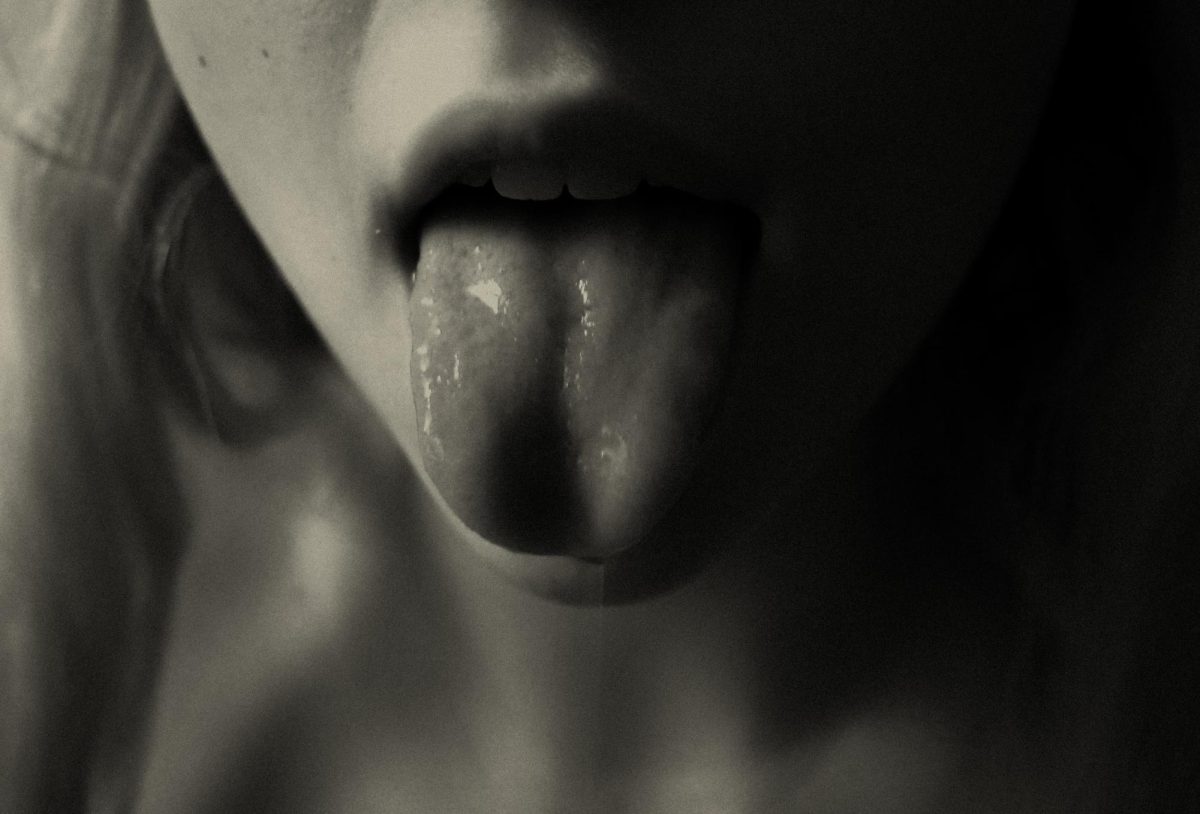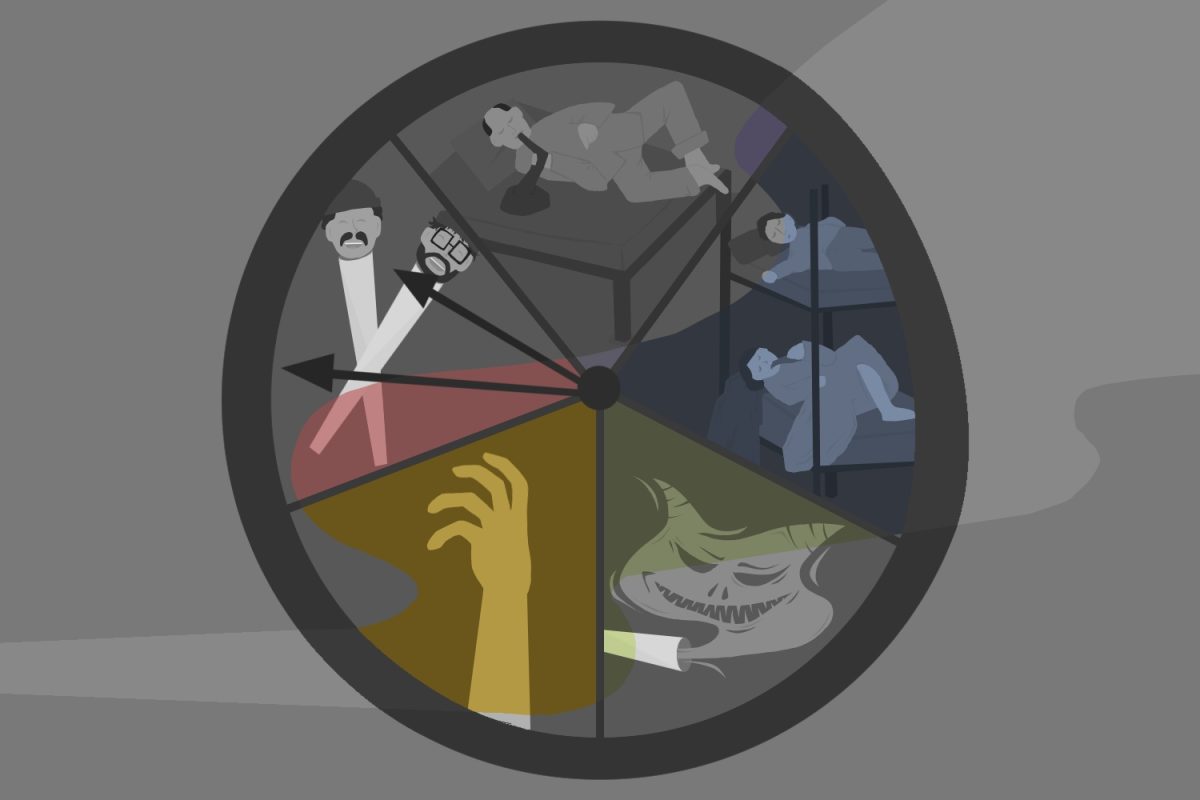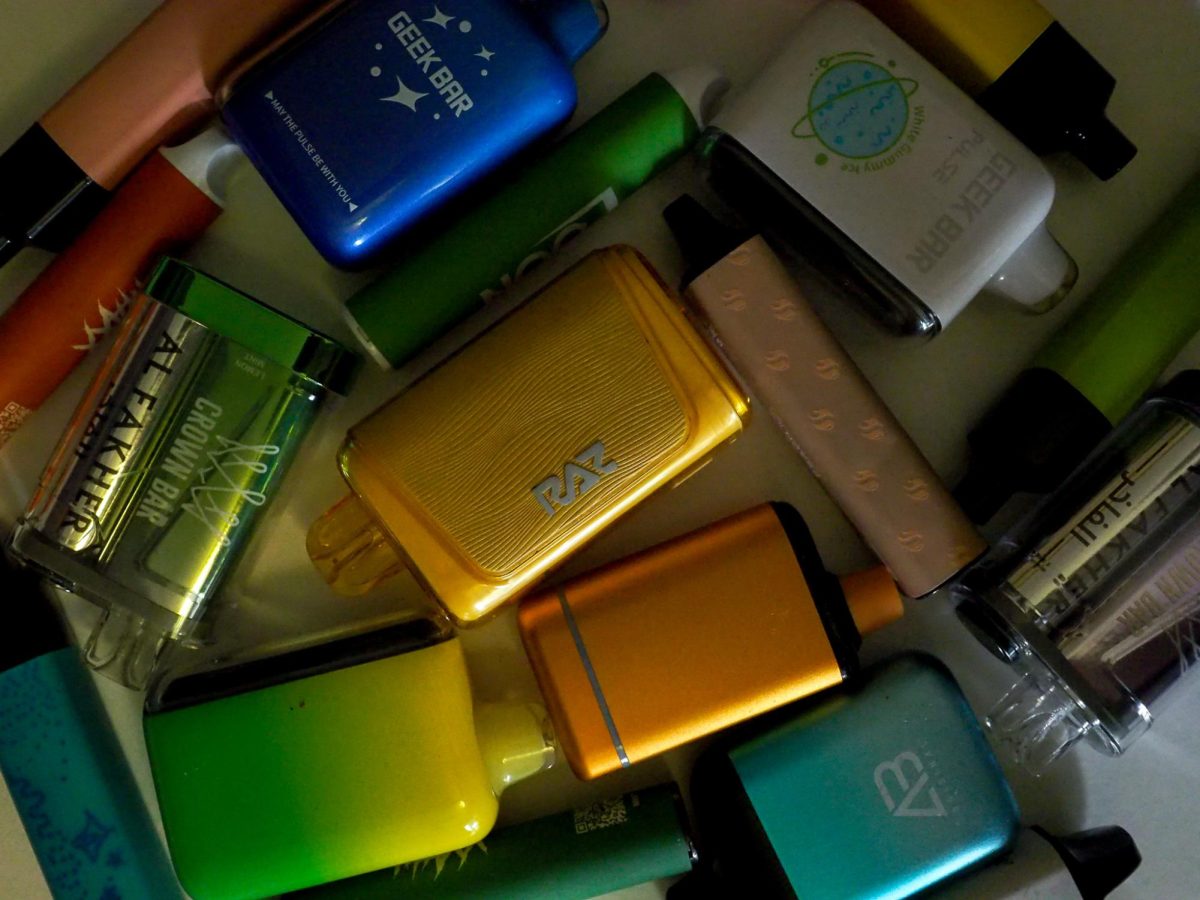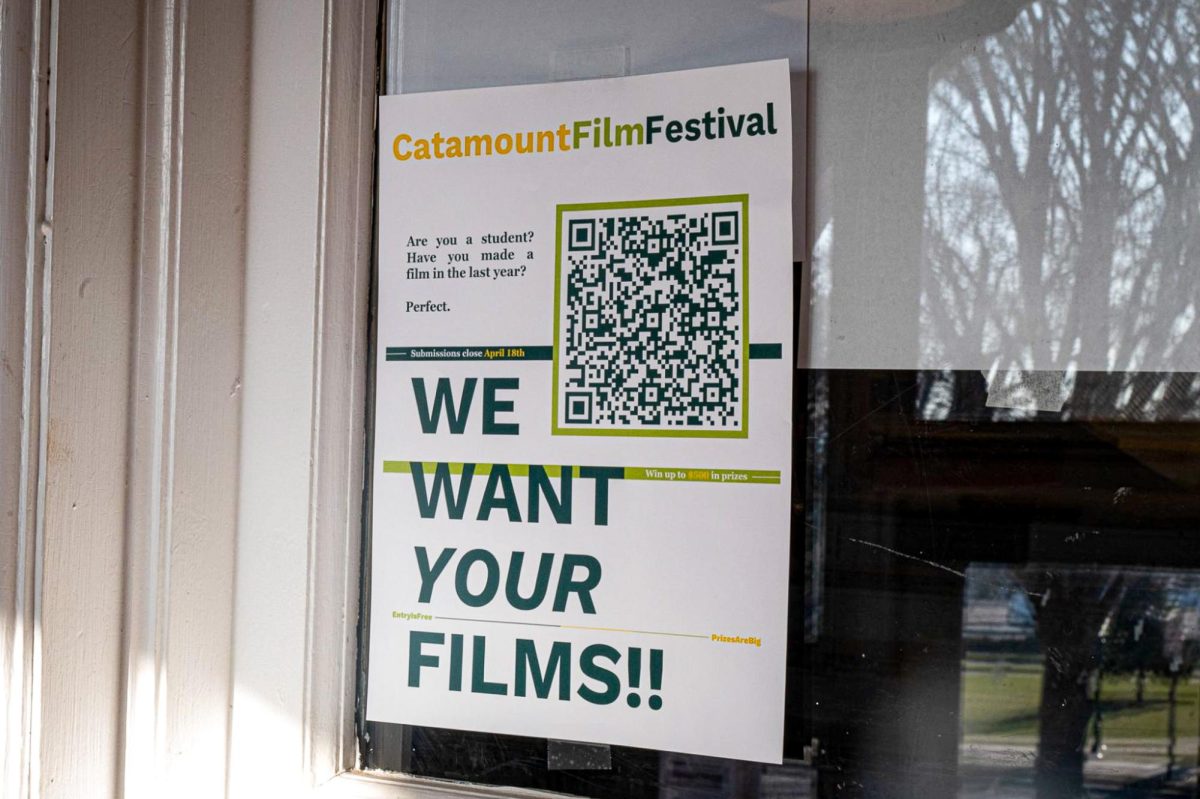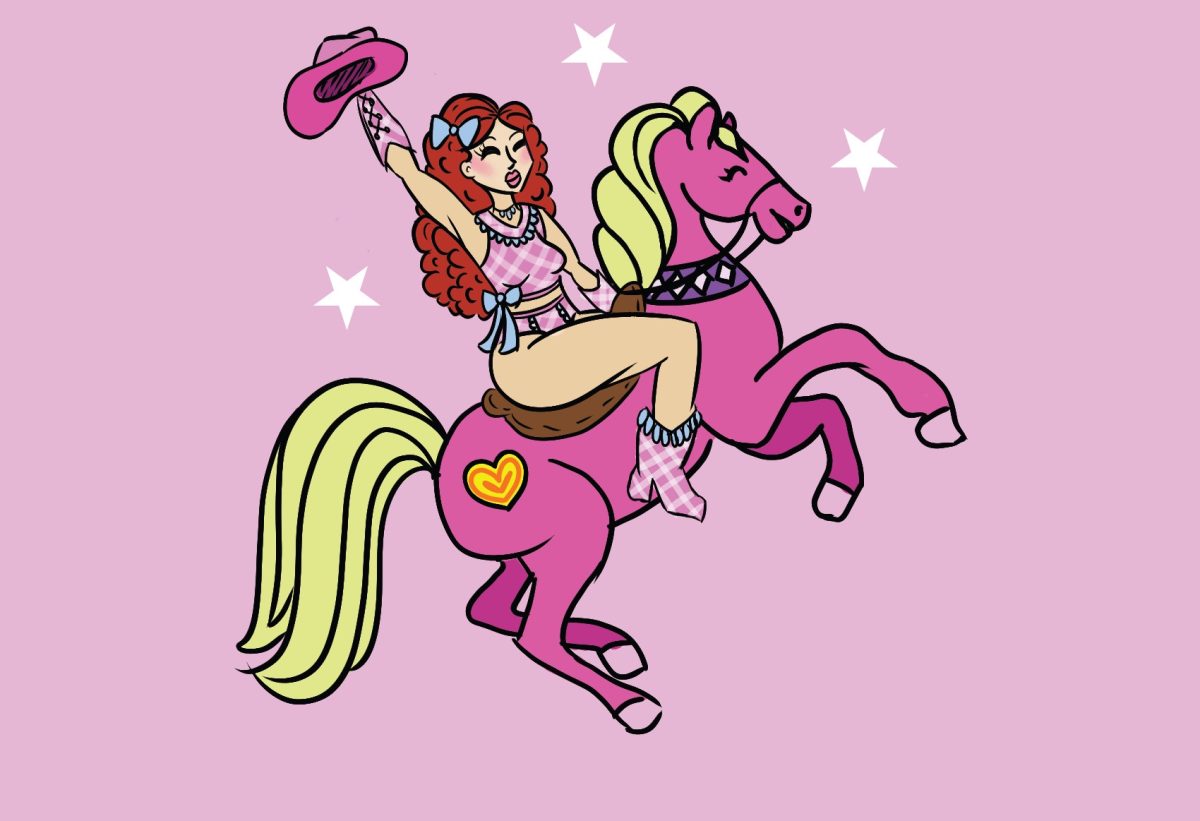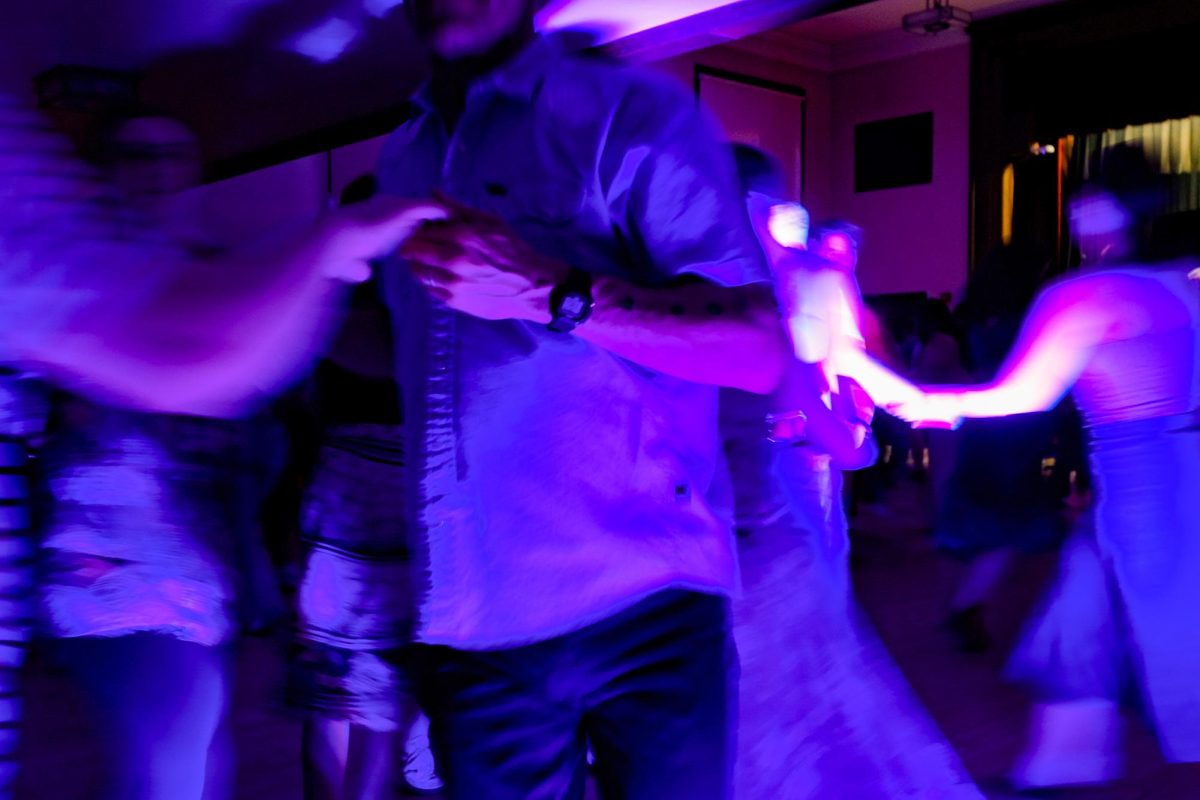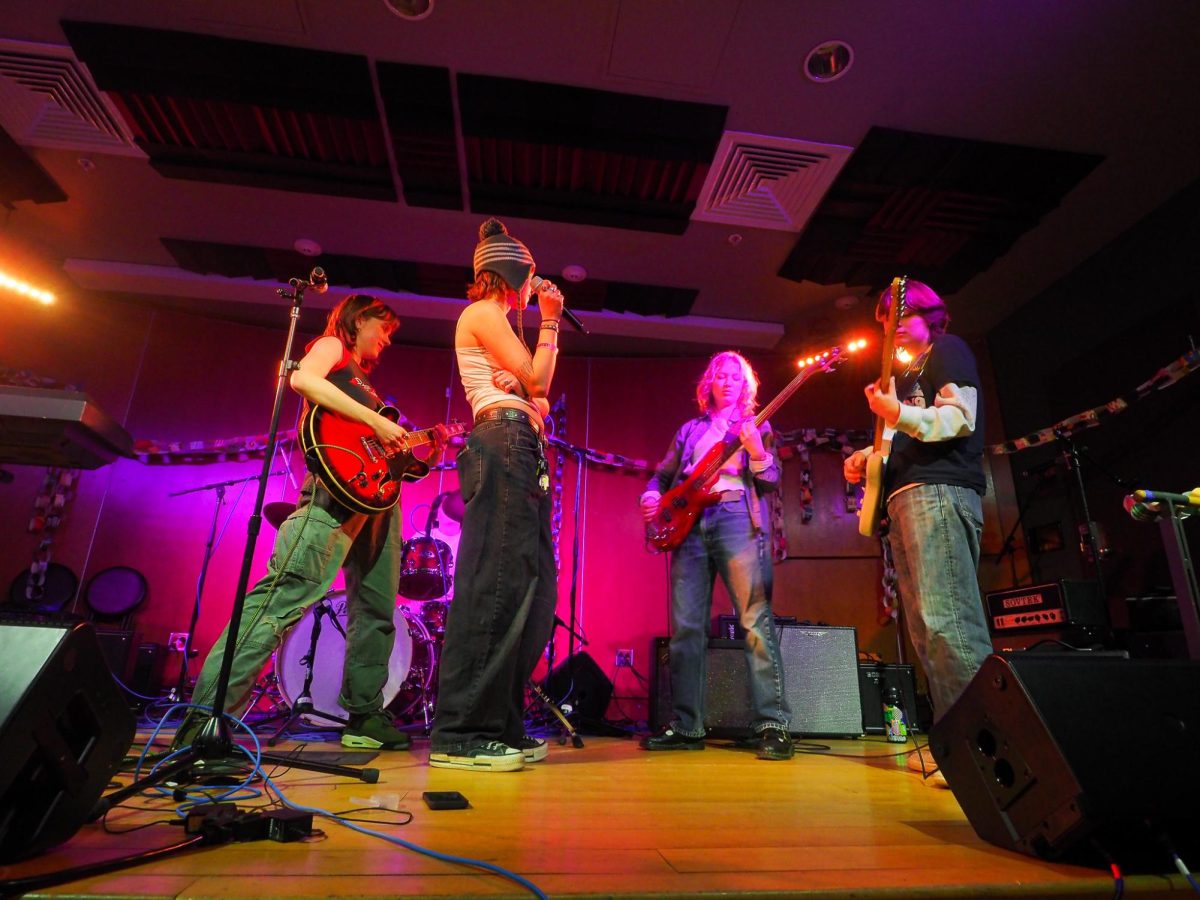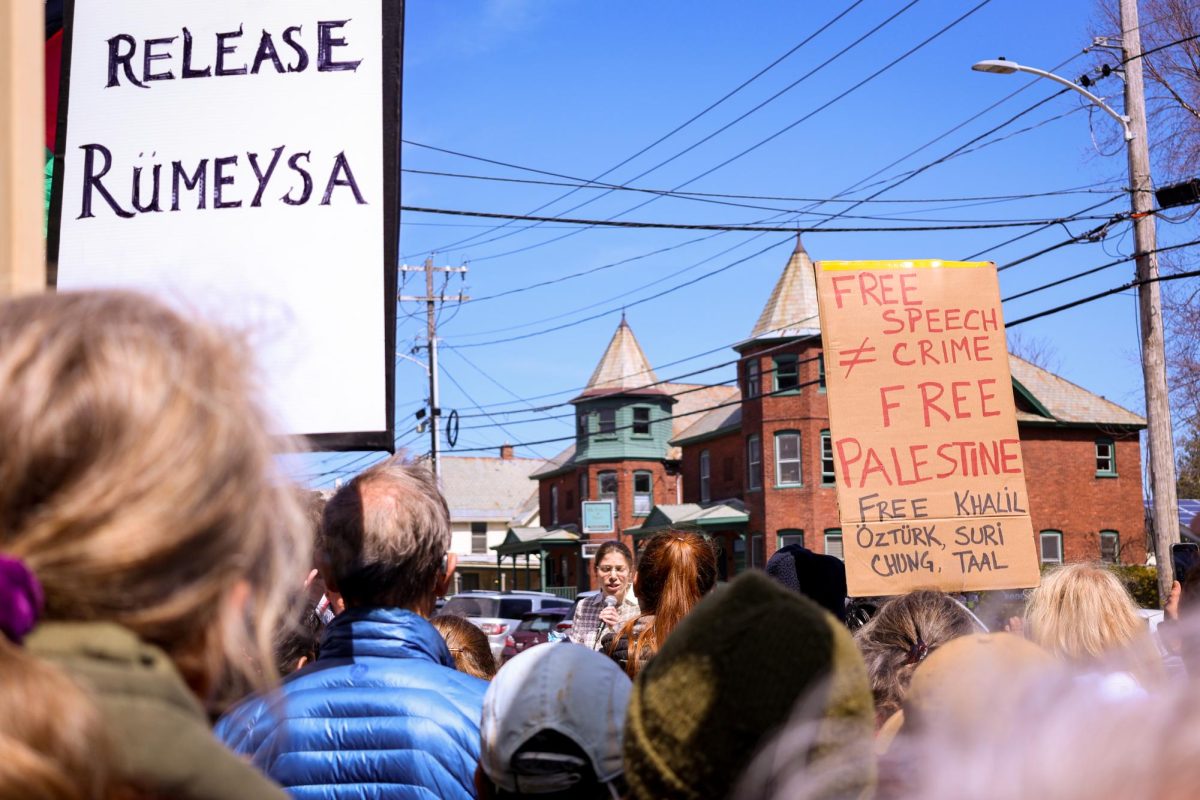The average human produces 0.3-0.4 milliliters of spit per minute, totaling 0.5-1.5 liters per day, according to the Journal of Medicine and Life. That’s roughly a 32-ounce Hydro Flask full of spit every single day.
Saliva production is not something the average person has on their mind, however, it has played a vital role in the development of societal hierarchies.
Early examples of the human relationship with spit occur in the best-selling book of all time, the Christian Bible. In Mark 8:23, Jesus spits directly onto the eyes of a blind man to cure his disability. This behavior continues in John 9:6 when he uses his spit to make an omnipotent clay that cures another man of his blindness.
The use of spit as a healing compound was common practice through the second millennium. Figures such as Albert the Great, Vespasian and English medical author Nicholas Robinson praised spit for its medicinal virtues, according to an Oct. 26, 2021 article by the MIT Press Reader.
However, spit became a frequent concern in the late 20th century with the rise of the AIDS epidemic.
Even though HIV cannot be transmitted through saliva and there has never been a case of HIV transmittance through spit, many states label the oral secretion of an HIV-positive person as a lethal weapon, according to the U.S. Centers for Disease Control and Prevention.
In 2008, an unhoused Dallas man, Willie Campbell, got into an altercation with police after they tried to forcibly remove him from outside of a building, according to a May 16, 2008 article by the New York Times. He then stood trial for spitting on the officer and taunting him with his HIV-positive status.
None of the officers contracted HIV or AIDS, yet Campbell faced a 35-year prison sentence for harassing a public servant with a lethal weapon.
Texas public health enforcers also have the right to use measures of control on persons who are STI-positive, according to the Center for HIV Law and Policy.
“Control measures include, but are not limited to, chemoprophylaxis, detention, disinfection, restriction, isolation, and quarantine,” states the Center for HIV Law and Policy’s sourcebook.
The rise in criminalization and fear surrounding bodily fluids skyrocketed during the AIDS crisis. Even the phrase “bodily fluids” became commonplace from 1981 to 2017, according to Google search trends.
Minneapolis faced backlash in 2015 when a study conducted by the ACLU showed that Black people were 8.6 times more likely to be arrested than white people. This data is compounded by the fact that Black people are more likely to be arrested for breaking a city ordinance outlawing lurking and spitting on the ground within city limits, according to the MinnPost.
The Minneapolis City Council repealed this law after a council-wide vote in 2015, according to CBS News.
The forcible use of mesh hoods placed over people’s heads to keep them from spitting, also known as spit hoods, by police and military personnel is not a new concept.
The use of spit hoods with the general public has been harshly criticized by scholars and social justice advocates.
“A relic of slavery, they are inhumane and often deadly,” stated Leslie Reagan, professor at the University of Illinois in a March 4, 2021 article published by Public Seminar.
Daniel Prude died of suffocation due to the use of spit hoods. While visiting Rochester, N.Y., Prude experienced a mental health emergency. His brother called 911 in hopes of getting help, but it ultimately led to Prude’s suffocation and death from the use of a spit hood employed by police, according to the New York Times.
Prude was a 41-year-old Black man. None of the officers involved were found criminally liable, according to an Oct. 6 2022 article by ABC News.
Although spit is weaponized, racialized and criminalized in systems of power, its sexualized connotation has recently taken the hot seat in the media. Spit is a common topic in the bedroom, but the freedom to express, discuss and commune around spit is awarded in very specific circumstances.
“SpitTok” is becoming an increasingly popular subgroup within the app TikTok. This hashtag will bring you to a plethora of spit kink videos where people can be seen spitting at or on the camera.
This phenomenon was sensationalized further by Hailey Welch, also known as “Hawk Tuah Girl.” Welch was approached on the street by TikTokers Tim and Dee TV who asked her, “What’s one move in bed that makes a man go crazy every time?”
“You gotta give ’em that ‘hawk tuah’ and spit on that thang,” said Welch, referencing the use of spit. Her response went viral almost immediately.
Since spit has become the poster child of soft kinks, its perception has transformed. Instead of a lethal weapon, spit is now seen as a unifying component of the sex-positive community, a component that is often used to introduce people to the sex-positive space according to an Oct. 10, 2022 article by Vice.
When delving into the territory of spit there is one dominant theme: it is a straight, white space.
Spit is divisive in and of itself. However, the reason there is such disparity in perceptions of spit is the reality that the person who is doing the spitting determines the reaction to the spit.
During a school field trip in 2019, a Shelton, Conn. middle-schooler spit on a Black patron at the Smithsonian’s National Museum of Black History and Culture, according to an Oct. 14, 2019 article by Fox Atlanta.
Dina Marks, the principal of Shelton Intermediate School, responded to the incident on social media.
“I believe, [it was] not racially motivated against that person,” Marks stated in a now-deleted tweet.
The rush to excuse the student of racism instead of suspecting wrongdoing exists only in the ecosystem of whiteness. This is not a privilege awarded to minorities.
Analyzing the criminalization of spit and spit in the media allows us to see the polarizing ends of the spectrum. The people who suffer under laws and ordinances policing spit are predominantly Black, HIV-positive or mentally ill, while the people who take up a majority of the spit-positive space are white and straight.
The whitewashing, even gentrification, of spit is a story that has played out many times before but flew under the radar of the general public. When white, straight people began to use spit in a much more public way on social media, they championed something that has historically been weaponized against minorities.
The duality of spit is not a choice—it contains predetermined categories. Depending on which category you fall into, spit can either be empowering or a deadly tool employed by systems of power.


